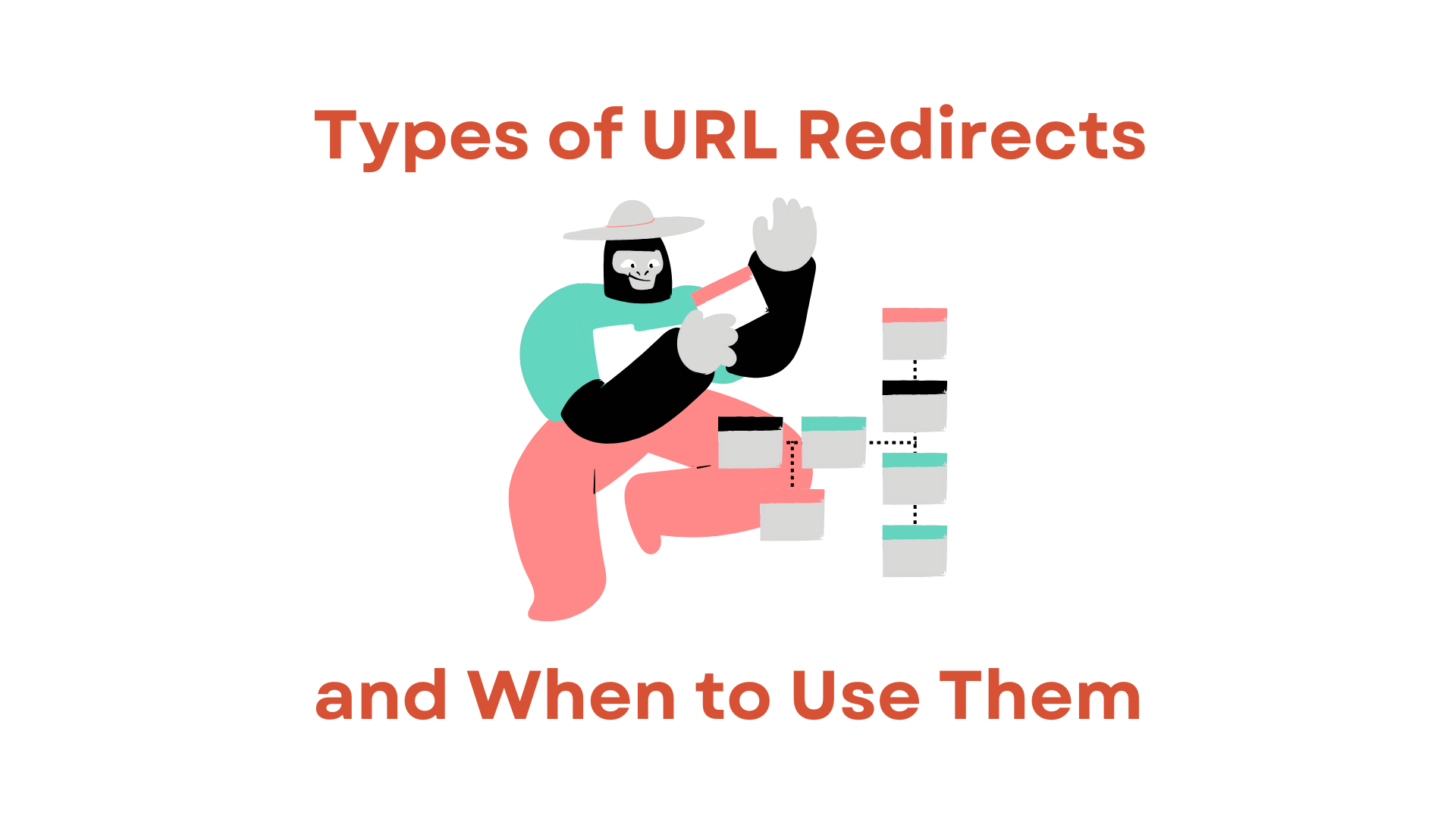When managing a website, understanding URL redirects is crucial for maintaining site integrity, enhancing user experience, and maximizing SEO benefits. Different types of URL redirects serve unique purposes, and selecting the right one can significantly impact how your site performs. Below, we’ll explore various types of redirects and their specific use cases.
- 301 Redirect (Permanent Redirect): This is the most common type of redirect, indicating that a page has permanently moved to a new location. It’s essential for preserving SEO rankings and transferring link equity from the old URL to the new one. Use a 301 redirect when you are redesigning a site or changing domain names.
- 302 Redirect (Temporary Redirect): This redirect signals that a page has temporarily moved to a different location. It’s commonly used during maintenance or testing phases. However, be cautious as search engines may not pass full link equity with a 302 redirect.
- 307 Redirect (Temporary Redirect): Similar to a 302, this redirect is intended for temporary use but explicitly retains the request method (GET or POST). It’s particularly useful for scenarios where you need to preserve the request type during the redirect process.
- 308 Redirect (Permanent Redirect): The 308 redirect functions like a 301 but ensures that the request method remains unchanged. This redirect is beneficial for maintaining the integrity of POST requests.
- Frame (Masking): This technique involves displaying another website within a frame on your own site. While it can be useful for embedding content, it’s not recommended for SEO purposes as search engines may struggle to index the content correctly.
- Custom HTML Redirect: This redirect allows for more flexibility by using HTML code to guide users to a new page. It’s useful for specific custom solutions but should be used sparingly to avoid user confusion.
Choosing the right type of redirect not only helps in maintaining site integrity but also positively impacts your SEO and user experience. By understanding these types, you can ensure a seamless transition for your users and search engines alike.




